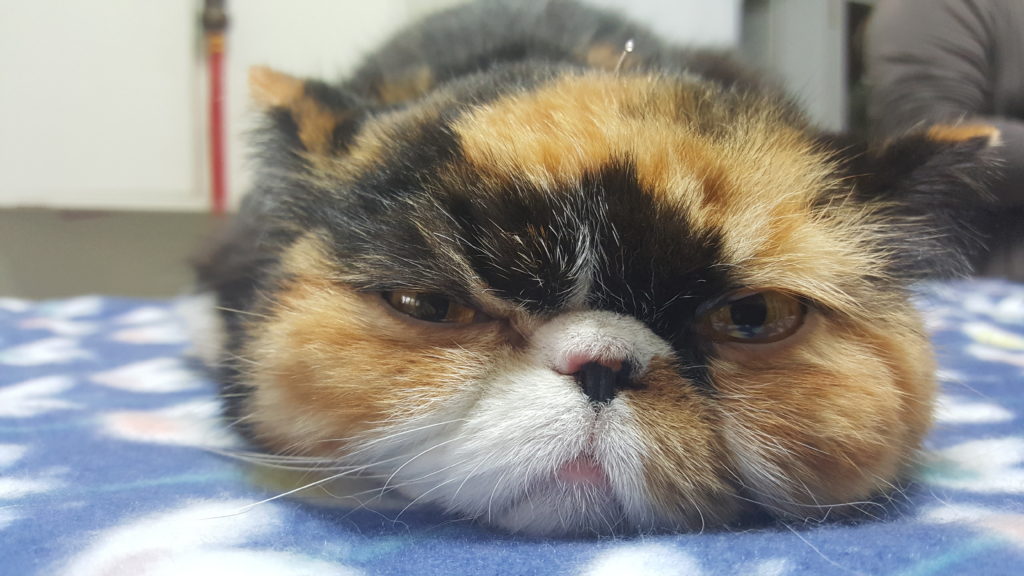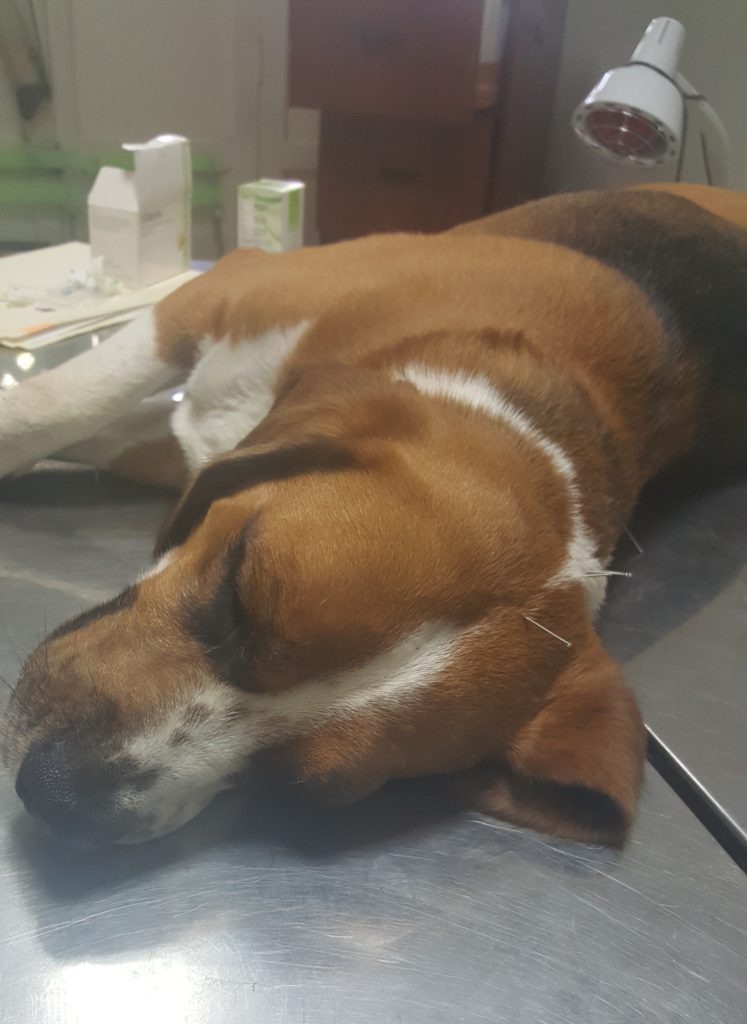By Dr. Juan Gómez de la Torre, pet acupuncturist
Hello, pet lovers, we hope you enjoyed the first article about pet acupuncture. This time, we will talk about the procedures performed during an acupuncture session. There are two aspects that should be taken into account. first of all, our pets, like humans, have different temperaments; hence, it is crucial to establish what kind of patient we will be facing, so we must take into account the breed of the animal and the way it behaves with its owner.
In Chinese traditional therapy, the animals can be classified by breed within the Five Elements: Earth, Metal, Water, Wood, and Fire. Each element, of course, presents different characteristics.
The breeds that belong to the Earth group show very good temperament; they are always trying to help and they care very much for their owners. The Earth pets get along well with people and other breeds. One of the most emblematic breeds is the Labrador Retriever.
The pets that belong to the Metal element include those who prefer to be alone. In this case, cats are a good example of this element group. The breeds belonging to the Water element are timid, but they can show aggressiveness at the same time. Generally, we will find small breeds like Chihuahuas or West Highland white terriers.
In the Wood group, we will find the alpha animals with a strong sense of control; everything must be done according to their desires. They express their control through barking and aggressive conduct. Some of the breeds in this group are the Rottweiler, Chow Chow, and Presa Canario.
The Fire group includes breeds that can never be quiet and they are permanently jumping around. A perfect example of a breed in this group is the Jack Russell terrier. However, even though this is a general classification, there can be some animals of one element group with different behaviour.
The other component we must take into consideration is how the animals interact with their owners. We must observe if the pet comes walking with no fear in front of its owner; in other instances, the patient might be walking behind their owner, or if it comes truly happy. These behaviours give us key indicators to comprehend the temperament of the patients.
Once the pet’s behaviour is evaluated, we diagnose the problem. During the first visit, we touch the patient, looking for reactions when we scan the channels or meridians. We check the temperature of the body, examine their ears, nose (dry or humid), eyes, gums, teeth, and tongues. The examination of the tongue is one way to determine health problems in organs like the kidney, lungs, heart, spleen. Also important is to evaluate the pulse and the reflexes.

Once the sick meridian is detected, we proceed to place the needles in the acupoints that would correct the energy flow. Now, it is essential to differentiate the way cats and dogs respond to acupuncture. It is relatively easy to calm and induce a dog to accept the procedure through voice, posture, and gestures. Feline patients, on the other hand, can be very nice or very nasty patients. If the cat accepts the treatment, we can continue with it, but if starts moving its tail, it is a sign of rejection and there is no way the patient will accept the procedure (see Fig. 1).
As a general rule, the sessions start with the acupoint GV20 (Governing Vessel 20 or Permission point). This acupoint allows the relaxion of the patient, some of them even fall asleep (see Fig. 2).

We know there are many questions about this matter. Below we are including some of the most frequent inquiries we receive from owners. However, if you have other requests, do not hesitate to ask via email (accu.pet@gmail.com), we will be very happy to answer them.
Q: How many sessions will my pet need to recover?
A: It depends. Acupuncture efficiency is based on the capacity of the patient to respond to the needle stimulation. I always recommend four sessions to see some reaction. Most of the time we see a positive reaction in the first two sessions; sometimes we see a complete recovery within those four sessions.
Q: How painful will the insertion of the acupuncture needles be?
A: The acupuncture needles are very thin and they do not create any discomfort in the pets. Patients that belong to Earth or Wood elements will not even blink when the needles are being inserted.
Q: How long will take the procedure?
A: The procedure lasts about 20 minutes once the needles are placed. However, the first session may be longer because the patients and their owners do not know the process.
Q: Do I have to be present during the session?
A: Yes, it is much better, the patient will be less anxious.
Q: How many times do the acupuncture sessions need to be done?
A: It depends on the problem. Usually, the sessions are once a week for four weeks. If the problem is more complicated — for example a paralyzed dog — then I recommend to come twice a week for at least two or more weeks. Finally, I would like to share with you the following video, where you will witness the amazing recovery of one of our patients in only few sessions. The patient had a problem in the shoulder that caused great pain and could not step on the ground. Thanks to treatment, this pet showed signs of recovery since the first session; very few sessions later the patient was cured.




